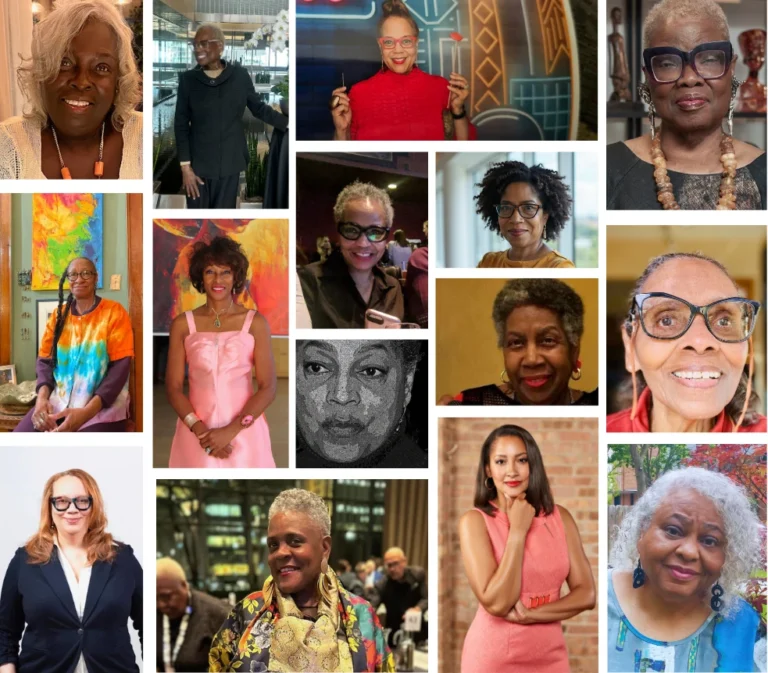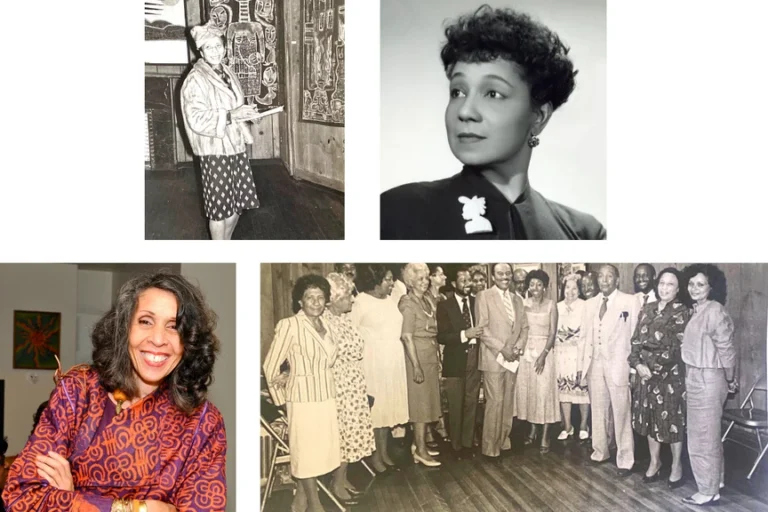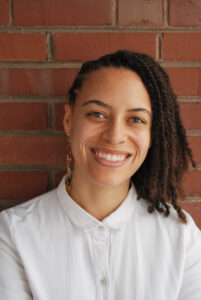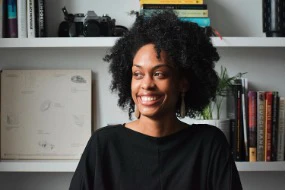Curated by Bethany Hill and rachel dukes
This exhibition highlights a trailblazing group of Black women collectors in Chicago, exploring their practices through care, memory work, and cultural heritage preservation. “Beyond Frames” celebrates an intergenerational group of women who continue this legacy today. Viewers can experience artworks from the personal collections of fourteen different Chicago collectors: Patrica Andrews-Keenan, Carol Briggs, Monique Brinkman-Hill, Faye Edwards, Felicia Grant Preston, Frances Guichard, Eleanor Hambric, Beverly Normand, Cynthia Smith, Arcilla Stahl, Christina Steed, Gail Spann, Sonia Spencer, Alita Tucker, and Shyvette Williams. Each collector was asked:
- What piece in your collection brings you the most joy?
- What piece represents an aspect of who you are?
- What piece best represents your journey as a collector?
Through these reflections and oral interviews, “Beyond Frames” delves into the personal and cultural significance of their collections. These stories reveal how collecting Black art is not only a creative and curatorial act but also an act of cultural preservation, resistance, and community building.

The exhibition also honors ancestors Etta Moten Barnett, Margaret Burroughs, Frances Minor, Linda Murray, and Susan Woodson, pioneering female collectors of Black art in Chicago. These women dedicated their lives to preserving the art of the African diaspora, creating galleries and museums in their homes and building invaluable networks to support Black artists.

“Beyond Frames” invites viewers to consider how art transcends traditional frames, engaging with lived experience, ancestral homage, and memory. By celebrating these women, “Beyond Frames” underscores the critical role of Black women collectors in sustaining African diasporic heritage.

About the Co-Curators:


About SSCAC:
Founded in 1940, the South Side Community Art Center (SSCAC) stands as a testament to the resilience and creativity of the Black American art community. As the oldest Black American art center in the United States and a Chicago Historic Landmark, SSCAC is a beacon of cultural heritage and innovation. We take pride in our rich past and continue to build on our legacy, serving as an artist- and community-centered resource with diverse programs and exhibitions. The mission of the South Side Community Art Center is to conserve, preserve, and promote the legacy and future of Black American art and artists while educating the community on the value of art and culture.




